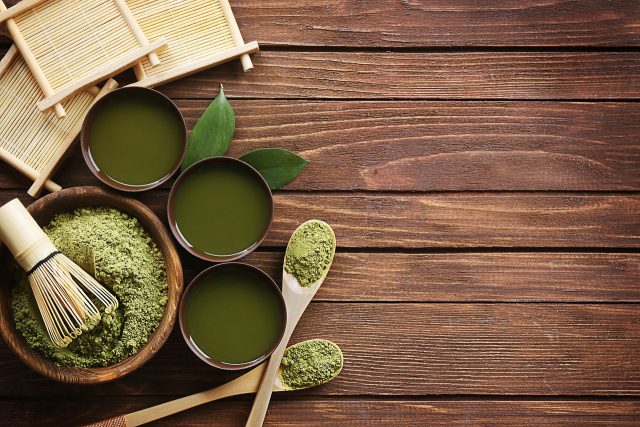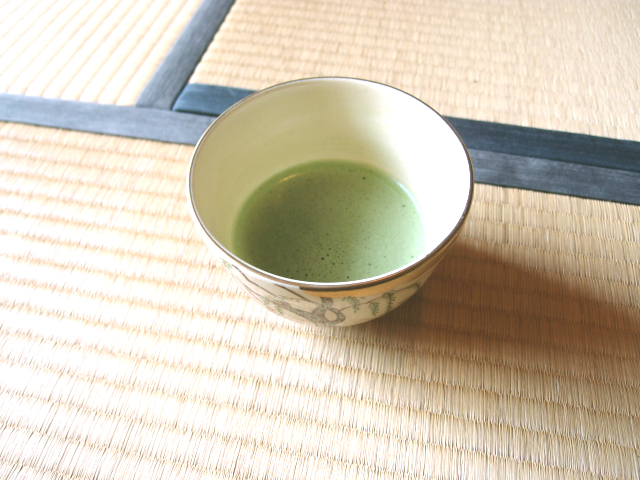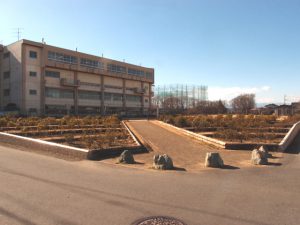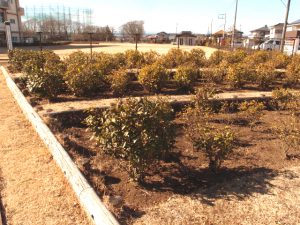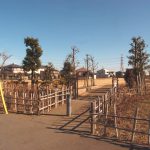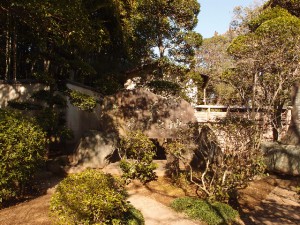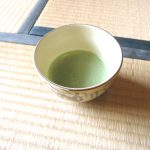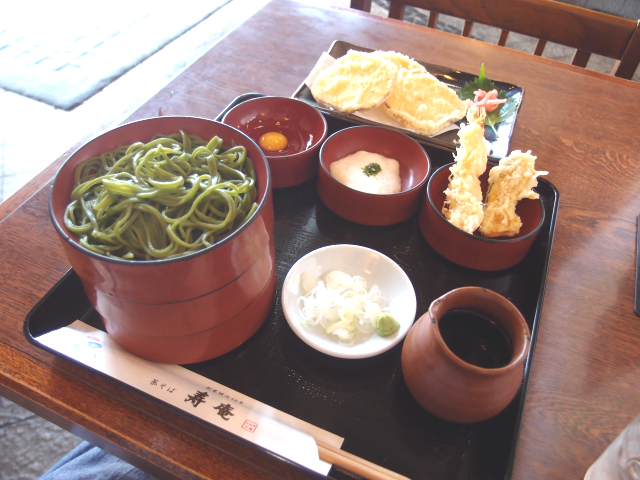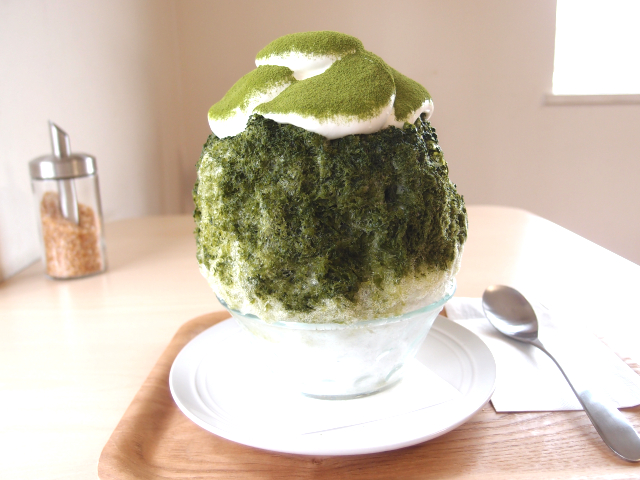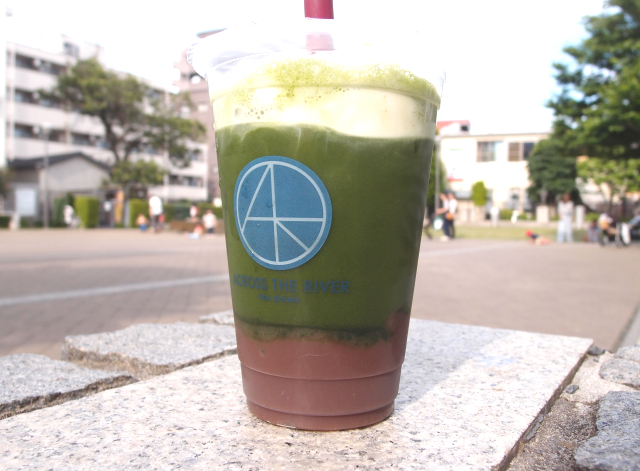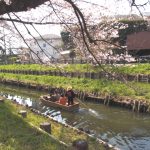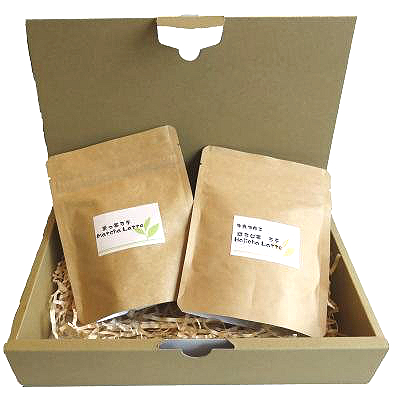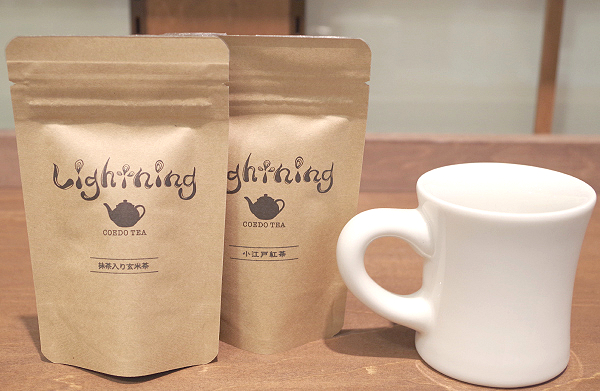When it comes to Saitama Prefecture, Sayama Tea is famous. However, Sayama tea actually originated from KAWAGOE Matcha grown in Kawagoe.
Japanese
-

-
狭山茶の原点!川越の特産品・河越抹茶の特徴とその歴史とは
続きを見る
目次
About Tea from Kawagoe- "KAWAGOE Matcha"
KAWAGOE Matcha is characterized by its mild sweetness and rich full-bodied flavor.
It is cultivated at tea plantations in the western part of Saitama prefecture in cities like Sayama City and Tokorozawa City (which used to be part of former KAWAGOE) and Kawagoe City.
The large tea producing area is at the northernmost point of Saitama prefecture. The winters there are severe when compared to other tea producing areas which gives the tea leaves an abundance of delicious flavors.
It is attracting attention as an old and new local specialty of Kawagoe.
The History of KAWAGOE Matcha began during the period of the Northern and Southern Dynasties (1336-1392)
From its golden age to its decline, its resurgence as Sayama tea, and the 2013 implementation of its reclamation as KAWAGOE Matcha, here is a review of the history of KAWAGOE Matcha.
KAWAGOE Matcha prospered alongside the Musashi samurai during the period of the Northern and Southern Dynasties
According to textbook “Iseiteikin'ōrai”, a textbook on the period of the Northern and Southern Dynasties for beginners, at that time, Musashi KAWAGOE was regarded as one of the "tenka-no-chadokoro (tea districts of the heavens)".
KAWAGOE Matcha, one of the five reputable tea plantation areas, and the only one in the Kanto region that was famous for its tea nationwide, was loved by many of the generals of the Kanto region.
However, it is said that as Japan entered the Warring States period and the time of temples and samurai declined, KAWAGOE Matcha gradually lost its name and reputation.
Tea is still planted at the Castle Ruins of the Musashi Samurai and the KAWAGOE Clan
There is a small tea farm at the KAWAGOE Castle Ruins Historic Landmark Park in Uwado, Kawagoe City. In the background of the photo you can see the Kawagoe Uwado Elementary School.
The Musashi Samurai and KAWAGOE clan who used to reside there drank tea that they cultivated in the front garden of the castle. Tea utensils like a “cha-usu”(a mortar used for grinding tea) and a “fuuro” (wind furnace for boiling tea) have been excavated from the site.
-

-
河越館跡史跡公園で探る川越の歴史|源義経の正妻、郷御前の故郷へ
続きを見る
KAWAGOE Matcha revived as Sayama Tea
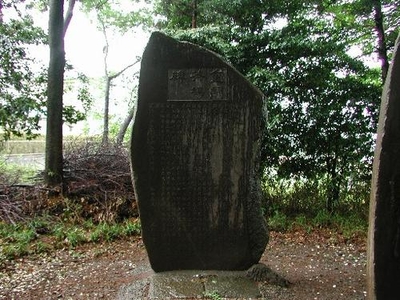
Source:Iruma City HP
At the Izumo Iwai-jinja shrine in Miyadera, Iruma City, Saitama Prefecture, there is stone monument about tea making called the "Kasanetehiraku Chajo-nohi".
It was built in 1832 (the 3rd year of the Tempou era) as a commemoration of the revival of the making of tea by the “sei-sencha (green tea)” method of harvesting tea leaves that was said to have been developed in the Uji area.
The sencha that was made at during that time was later referred to as Sayama Tea.
"Kasanetehiraku" means the "revival of the tea production that had unfortunately declined".
The inscription consists of the history of Japanese tea and the details of the revival of Musashi KAWAGOE tea as Sayama tea.
Shifting from "Matcha" to "Sencha (Modern tea)"
In the golden era of Kawagoe matcha tea during the period of the Northern and Southern Dynasties era, as the technology to make sencha was not available, the only tea was "matcha".
However, in the latter half of the Edo period (the first half of the 1800s), a method for making sencha called the Uji Seiho method was established in Kyoto, giving rise to the birth of "sencha"
This Uji Seiho method spread throughout the country in the blink of an eye.
It is said that the tea that we drink now is prepared based on this method.
Of course Sayama tea is no exception.
There is also a stone monument to the “origins of KAWAGOE tea and Sayama tea” at the Kawagoe Nakain Temple
Tea was once cultivated on the grounds of Kawagoe City’s Nakain Temple.
It is said that the history of KAWAGOE tea began at the Nakain Temple, and on its grounds is the "Sayamacha-Hassou-no-Chi” (Origins of Sayama Tea) stone monument.
There is a theory that "since KAWAGOE tea was around during the rise of Sayama tea, the place where KAWAGOE tea began is the origin of Sayama tea!"
Presently, the Nakain temple has a deep connection with tea, and tea ceremonies are regularly held in the daishoin (large drawing room) of the temple.
-

-
春限定!中院SaKuRaCafe(サクラカフェ)で茶道に触れる
続きを見る
And after roughly 400 years ... the revival of KAWAGOE Matcha!
In 2012, NPO Kawagoe Corporation PLUS (currently: The Association of the NPO KAWAGOE Matcha Corporation) has launched the "KAWAGOE Tea Reborn Project".
The purpose of the project is to "bring back KAWAGOE tea in the present", just as its name implies!
After being active for about a year, in April 2013, "Kawagoe tea" began to be sold at the Koedo Kurari Kawagoe City Industrial Tourism Museum.
Later, products that use KAWAGOE tea (matcha) were sold in shops in the city one after another.
The picture above shows the dish "Koedo Hime" (Princess Koedo) of the restaurant "Kotobiki-an" (Kura-no-machi branch).
They use Kawagoe matcha for their cha soba (soba made with tea).
This one is of the "whipped condensed milk with KAWAGOE matcha" kakigori (shaved ice) from "CAFE ANTI"(April 30, 2019 Closed).
Their colorful Matcha menu is popular among women.
The reason for writing KAWAGOE(河越) matcha and not Kawagoe(川越) matcha
Note: In Japanese, “Kawagoe” can be written as 川越 or 河越. In this post, the difference between the two has been made using capitalization. “Kawagoe” is used in place of 川越, and “KAWAGOE” is used in place of 河越.
When people see it written as "河越抹茶(KAWAGOE matcha)", many people often react by saying "Why is it “河越 (KAWAGOE)”, isn’t it “川越 (Kawagoe)”?"
Of course "河越 (KAWAGOE)" is not a typo.
In fact, the difference in the way the kanji for “Kawagoe” is written has to do with the time period.
From the Kamakura until the Muromachi era (approx. 1185-1573) most written works wrote the word “Kawagoe” with the kanji "河越 (KAWAGOE)".
Full scale use of the kanji “川越 (Kawagoe)” began to appear from the Edo era on.
KAWAGOE matcha is written with the kanji "河越 (KAWAGOE)" because it is the revival of tea that people drank in the period of the Northern and Southern Dynasties.
In accordance with the writing rules of that time period, it is written with "河越(KAWAGOE) instead of "川越 (Kawagoe)".
↓Click here for a more detailed explanation.
-

-
川越の由来は「川を越えるから」って本当?「河越」との違いは?
続きを見る
Products that use KAWAGOE matcha
I will introduce some products that use KAWAGOE matcha.
A KAWAGOE tea matcha latte and houji cha (roasted green tea) latte set you can make with milk.
A classy set of matcha latte and houji cha latte that can be made by just mixing them with milk.
Use soy milk instead of milk for a light and healthy flavor.
Matcha with genmai (roaster brown rice) and Koedo Black tea
Tea Packs made with KAWAGOE tea products in Kawagoe City from Zikkichi.
Enjoy teas from Koedo casually at home.




